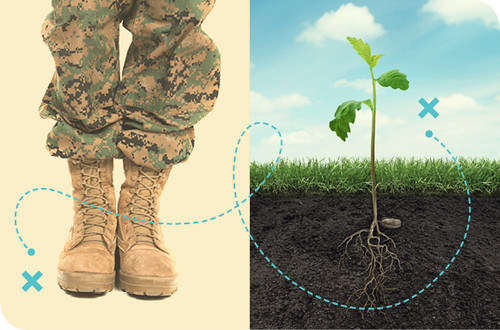USDA scientists work 365 days to provide safe and sustainable food, water, and natural resources in the face of a changing climate and uncertain energy sources. To recognize the contribution that agricultural science and research makes in our daily lives, this week’s “Banner Year” series features stories from 2015 that show the successes that USDA science and statistical agencies made for us all.
Strengthening education is crucial to the future of agriculture. To ensure that citizens are aware of farming’s impact on the economy and society, school curricula must emphasize the interconnected role of farming, food, and fiber production with environmental quality. Funding includes programs targeting minority-serving universities, including the 1890 and 1994 land-grant institutions as well as Hispanic-serving institutions. The following blogs illustrate the portfolio of USDA’s National Institute of Food and Agriculture (NIFA) grants that help educational institutions address shortfalls in curricula design, material development, instruction delivery systems, student experiential learning opportunities, scientific instrumentation for teaching, and student recruitment and retention.
Here are five stories from 2015 to check out:
1. The Matrix Helps Teachers Bring Ag to the Classroom
When teachers of all grade levels across the country want to bring their students a bit closer to agriculture, all they need to do is turn to the Matrix not the 1999 hit movie, but a blockbuster nonetheless.
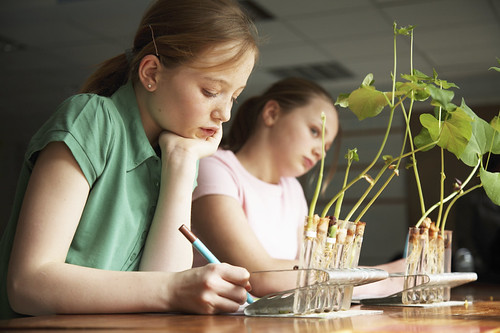
2. Tribal Partnerships Fuel Sustainable Aviation
Alaska Airlines is planning to conduct a demonstration flight in 2016 using 1,000 gallons of jet fuel made from forest scraps. These forest residuals were provided by the Confederated Salish and Kootenai Tribes (CSKT) and the Muckleshoot Indian Tribe via the Northwest Advanced Renewables Alliance Tribal Partnership Program (NARA TPP).
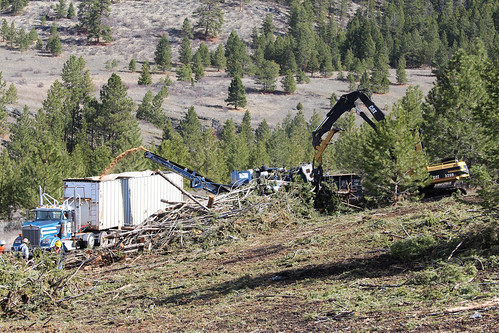
3. Training the Next Generation of Watershed Managers to Fight Drought
With drought reaching historic proportions in Western states, America needs people with both knowledge and experience in water management to help ensure that forests and working lands stay ahead of the effects of climate change.
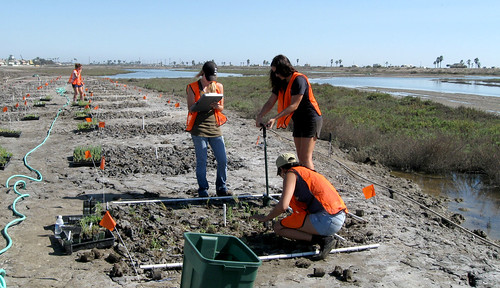
4. STEM Grows from SEEDS at San Diego College
The STEM Engagement for the Enrichment of Diverse Students (SEEDS) program is a four-year effort to encourage underrepresented students, primarily Hispanic, to pursue graduate degrees. The U.S. Department of Agriculture’s National Institute of Food and Agriculture is supporting the project with a $290,000 grant.
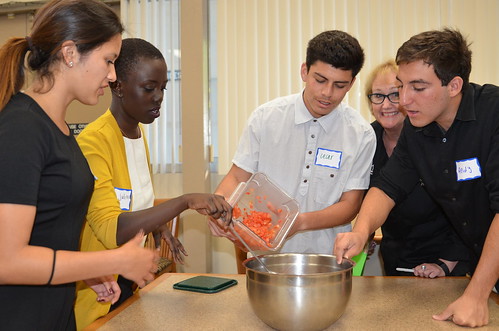
5. From Boots to Roots: Helping Women and Hispanic Vets Earn Ag, STEM Degrees
A professor in the Lone Star State is counting on two underrepresented groups to play a major role in the future of agriculture. His program at Texas State University, called “Boots to Roots,” helps female and Hispanic military veterans earn bachelor’s degrees in agriculture and other science, technology, engineering, and mathematics (STEM) degree programs.
